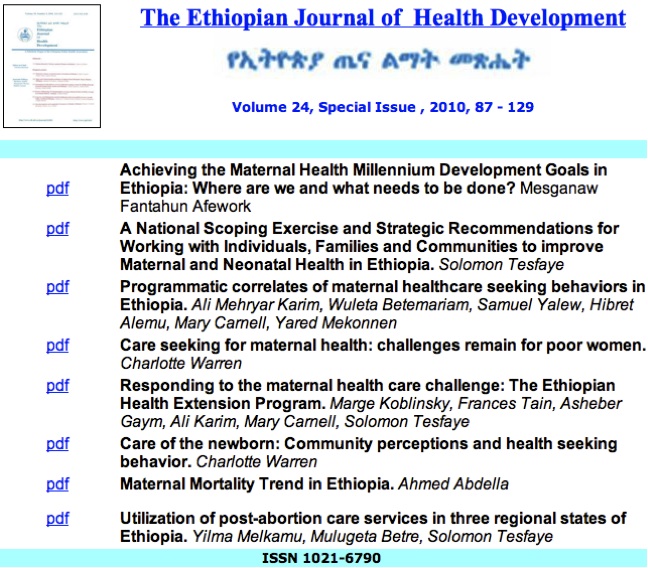![]() Surgery is often the only solution to prevent disabilities and death from conditions resulting from pregnancy related complications, surgical conditions (example acute abdomen), infections, traffic accidents, falls, burns, disasters, domestic violence, and congenital defects.
Surgery is often the only solution to prevent disabilities and death from conditions resulting from pregnancy related complications, surgical conditions (example acute abdomen), infections, traffic accidents, falls, burns, disasters, domestic violence, and congenital defects.
Until recently, surgery was neglected as a developing country public health issue. Health officials, especially in the World Health organization and in major international Non-Governmental Organizations often viewed it as expensive and unnecessary tertiary care needing advanced equipment and expertise.
Recently, surgery is beginning to be seen as an integral part of primary health care. Often it is a preventive and a cost-effective way of dealing with many health challenges in poor countries. WHO now recommends that basic surgical services should be available in district hospitals, while more specialised surgery is performed at tertiary level hospitals.
A recent article in The Lancet (Funk, Weiser et al. 2010) show there are less than 1 surgical theatre per 100.000 people in Africa (14 times less than in Europe). In addition, there are too few surgeons, and 95% of these surgeons work in urban areas.
Addressing the inequities in access to essential surgery, an Editorial in the Lancet also underlined the need for improved professionalism and leadership among surgeons. The civic-professionalism should be addressed among surgeons in speaking for equity at local, national and global levels. (Editor 2010)
Death and disability in the most vulnerable groups (namely, women and children) are easily prevented or corrected by surgery. Most essential and surgical interventions can be delivered at the first referral level health institution (rural or district hospital, health centre, primary healthcare institutions) provided the health care staff know few basic skills and their institution have some basic equipment.
Priorities include work to:
• strengthen capacity to deliver effective emergency surgical care at the first referral level facility, and thus working towards achieving the WHO Millennium Development Goal 5 (reducing maternal deaths).
• improve the quality of care through safe and proper use of emergency and essential surgical procedures
• strengthen existing training and education programmes in safety of essential procedures
There are very few surgeons in South Ethiopia. We therefore train Non-Clinical Physicians to do essential obstetrics and surgery. Currently, this programme includes twelve institutions covering about 3 million people.
Editor (2010). “What is the point of surgery?” Lancet 376(9746): 1025.
Funk, L., Weiser, T., Berry, W., Lipsitz, S., Merry, A., Enright, A., Wilson, I., Dziekan, G., & Gawande, A. (2010). Global operating theatre distribution and pulse oximetry supply: an estimation from reported data The Lancet, 376 (9746), 1055-1061 DOI: 10.1016/S0140-6736(10)60392-3

